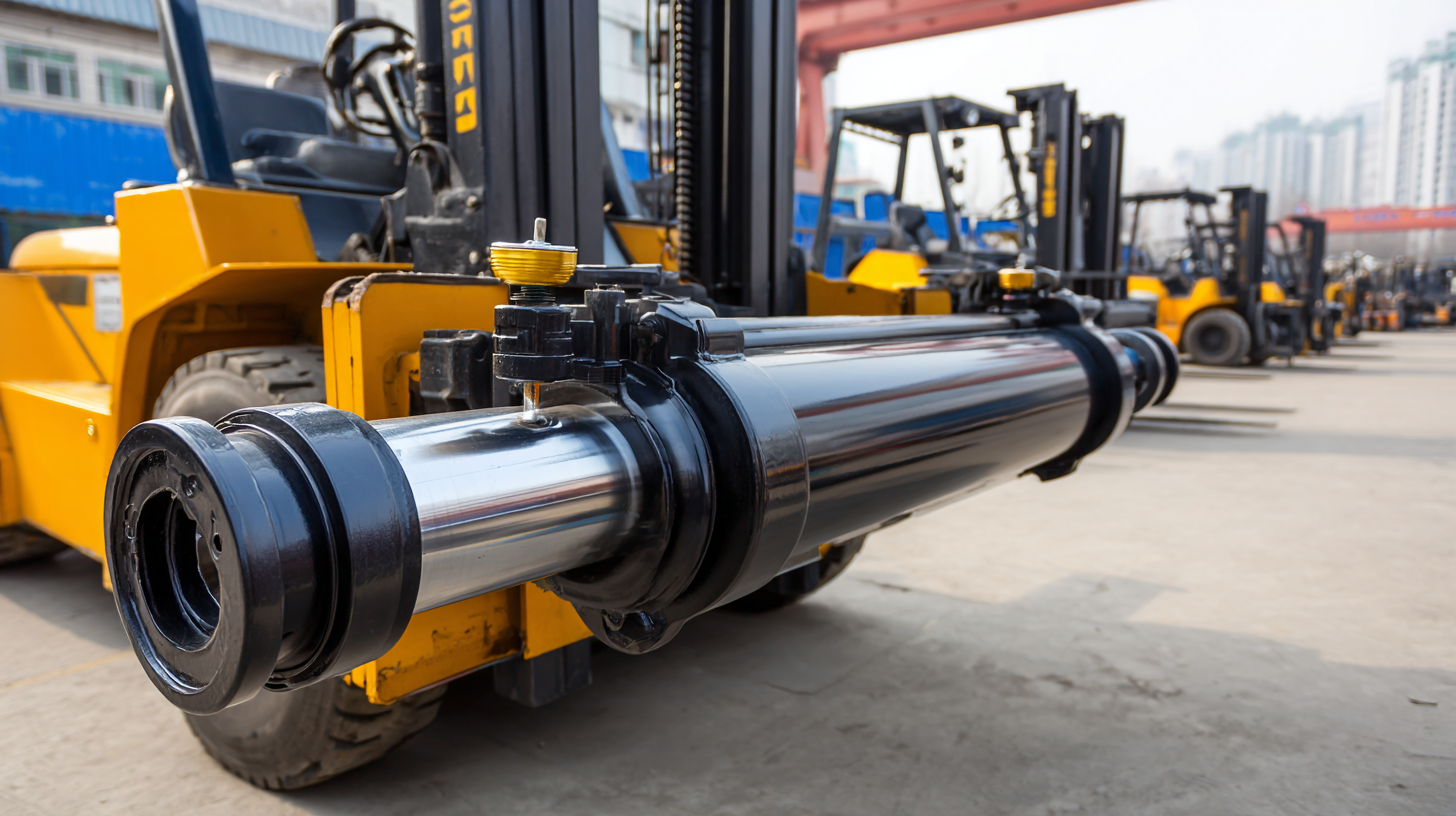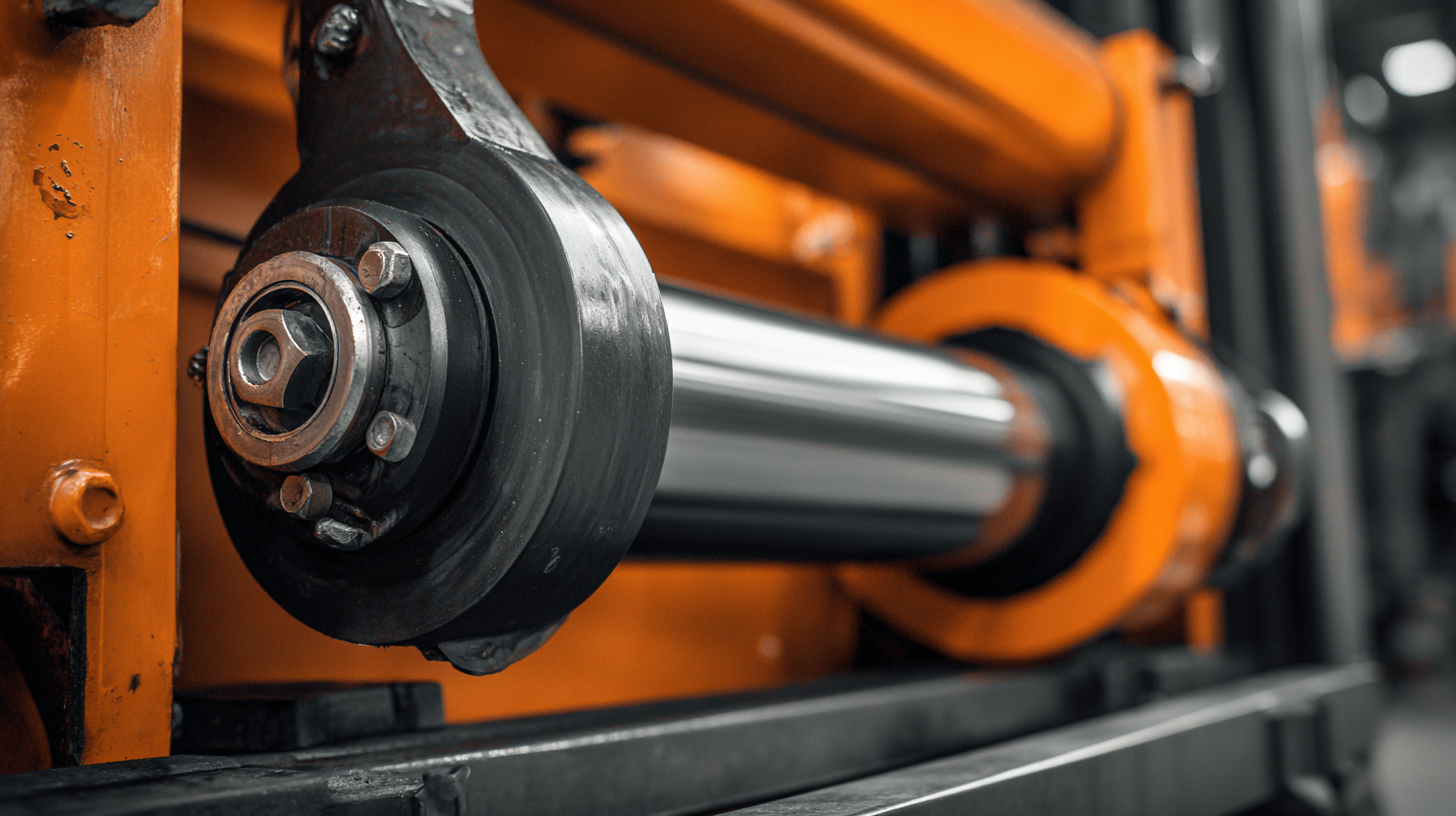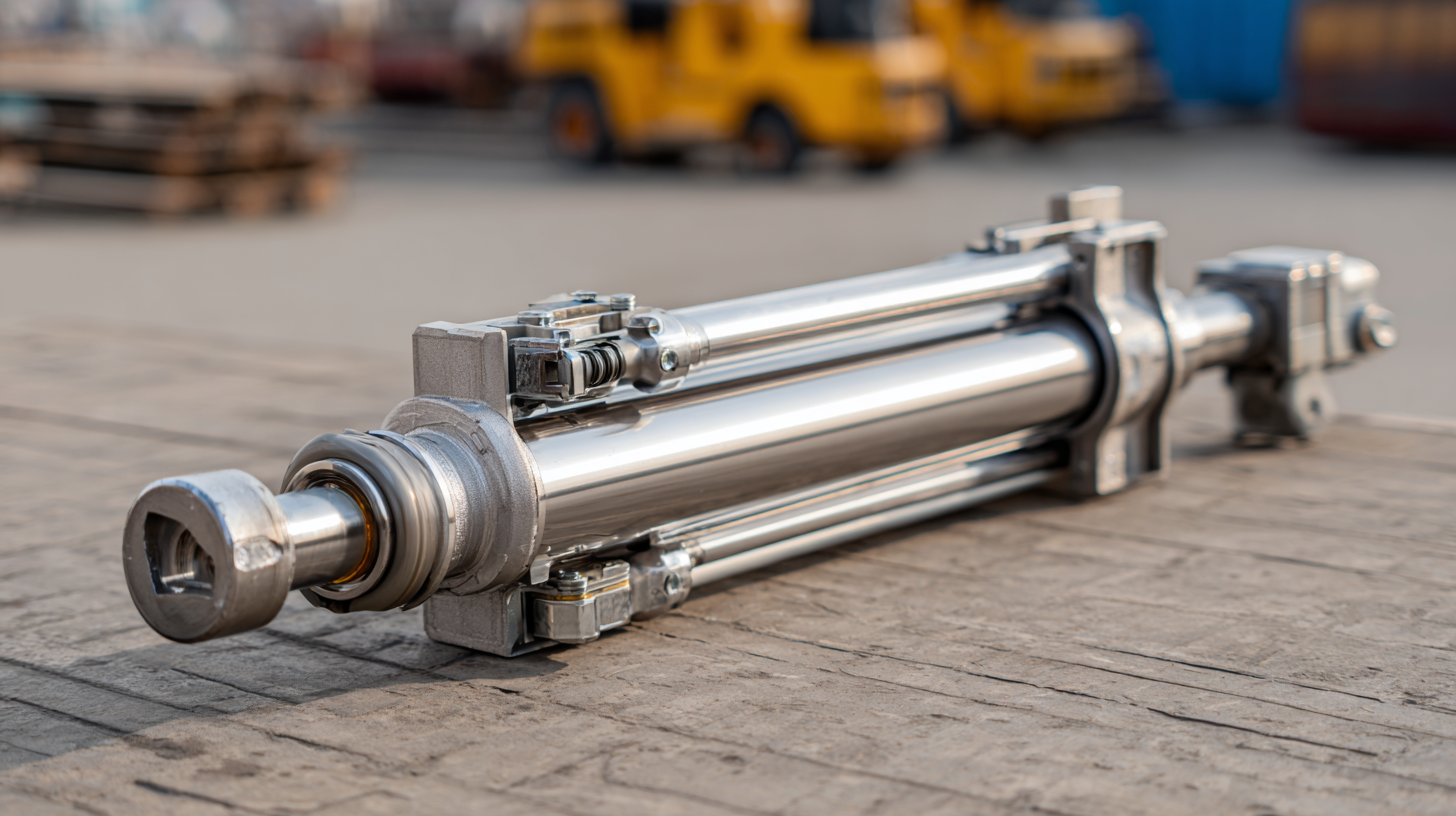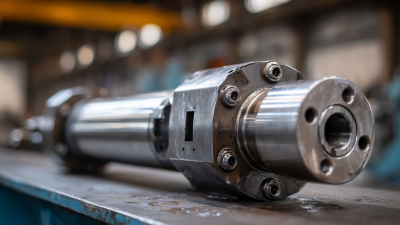
How to Choose the Right Hydraulic Cylinder for Your Forklift Needs
Choosing the right hydraulic cylinder for forklift applications is crucial for ensuring optimal performance and safety in material handling operations. Hydraulic cylinders are essential components that enable forklifts to lift and lower loads effectively, and selecting the appropriate one can significantly impact efficiency, durability, and overall functionality. With various factors such as load capacity, operating environment, and compatibility with specific forklift models to consider, making an informed decision is vital. This guide will delve into the key aspects of selecting a hydraulic cylinder for forklift needs, providing insights into how to assess your requirements, the different types available, and best practices for maintenance. By understanding these elements, you can ensure that your forklift operates smoothly and reliably, thereby enhancing productivity in your workplace.

Identifying Your Forklift's Specific Hydraulic Requirements
 When selecting the right hydraulic cylinder for your forklift, it is crucial to first identify the specific hydraulic requirements of your equipment. Understanding these needs starts with assessing the forklift's load capacity and the type of operations it will perform. According to the Material Handling Industry (MHI), forklifts are designed to lift loads ranging from 2,000 to 15,000 pounds, and the hydraulic system must be capable of efficiently handling these weights. The cylinder’s bore size, stroke length, and pressure ratings must correspond to the intended workload to ensure optimal performance and safety.
When selecting the right hydraulic cylinder for your forklift, it is crucial to first identify the specific hydraulic requirements of your equipment. Understanding these needs starts with assessing the forklift's load capacity and the type of operations it will perform. According to the Material Handling Industry (MHI), forklifts are designed to lift loads ranging from 2,000 to 15,000 pounds, and the hydraulic system must be capable of efficiently handling these weights. The cylinder’s bore size, stroke length, and pressure ratings must correspond to the intended workload to ensure optimal performance and safety.
Additionally, consider the environment in which the forklift operates. Some warehouses may have narrow aisles and require a more compact hydraulic cylinder, while others might benefit from a more robust model for heavy-duty tasks. It is also important to factor in the type of hydraulic fluid used, as oil viscosity can affect the performance of the hydraulic system. According to a report by the International Fluid Power Society, proper maintenance and the right hydraulic components can increase a forklift's operating life by up to 40%. Therefore, a comprehensive understanding of your forklift's hydraulic demands is essential for making an informed choice in hydraulic cylinders, leading to enhanced efficiency and longevity in your operations.
Understanding Different Types of Hydraulic Cylinders
When selecting a hydraulic cylinder for your forklift, it's essential to understand the various types available and their specific functions. The most common types include single-acting and double-acting cylinders. Single-acting cylinders use hydraulic power to extend but rely on a mechanical force or gravity to retract, making them ideal for applications where only one-directional movement is needed. These cylinders are often more compact and cost-effective for simpler tasks.
On the other hand, double-acting cylinders allow for movement in both directions by using hydraulic pressure to extend and retract. This versatility makes them suitable for more complex operations, such as lifting heavy loads with precision. Additionally, you may encounter specialized hydraulic cylinders, such as telescopic cylinders, which can extend to multiple lengths, offering greater lifting capability within a limited space. Understanding these different types will help you choose a hydraulic cylinder that best meets the operational requirements of your forklift, enhancing performance and efficiency.

Evaluating Load Capacity and Performance Specifications
When choosing the right hydraulic cylinder for your forklift needs, evaluating load capacity and performance specifications is crucial. It is essential to understand that the load capacity of a hydraulic cylinder directly correlates with the type of tasks the forklift will undertake. Factors such as the weight of the loads being lifted and the operational environment must be considered. A cylinder's performance specifications, including its stroke length and bore size, also play a significant role in determining its efficiency and effectiveness for specific applications.
To ensure optimal functionality, one must assess the hydraulic cylinder's material and design, as well as its ability to handle various temperatures and loads. Just as different conductor types exhibit varying performance under specific conditions, hydraulic cylinders can manifest distinctive mechanical properties that cater to unique operational demands.
Evaluating these specifications can help in selecting a hydraulic cylinder that not only meets immediate lifting requirements but also enhances operational performance and durability, ultimately leading to an efficient workflow in material handling processes.
Considering Environmental Conditions and Operating Conditions
When choosing the right hydraulic cylinder for forklift applications, it is essential to consider environmental and operating conditions. Hydraulic cylinders are exposed to various environmental factors, such as temperature fluctuations, humidity, and the presence of corrosive substances. For example, if the forklift operates in a damp or corrosive environment, selecting a cylinder that features robust sealing systems and corrosion-resistant materials becomes crucial. This ensures longevity and reliable performance, reducing downtime and maintenance costs.
Additionally, operating conditions play a significant role in the selection process. Factors such as load weight, frequency of use, and operational dynamics must be assessed. In heavy-duty or continuous operations, a hydraulic cylinder designed to withstand high pressure and frequent cycling will be necessary. Adapting the cylinder specifications to align with the operational demands not only optimizes performance but also enhances safety, as inadequate hydraulic systems can lead to failures under extreme conditions. As industries strive for sustainability and efficiency, selecting the appropriate hydraulic cylinder is vital in maintaining operational effectiveness while adhering to environmental standards.
How to Choose the Right Hydraulic Cylinder for Your Forklift Needs
| Dimension | Value | Considerations |
|---|---|---|
| Bore Diameter | 2.5 - 6.0 inches | Required lift capacity, space constraints |
| Stroke Length | 10 - 48 inches | Height of lift needed |
| Operating Pressure | 1500 - 3000 PSI | Type of operation, load weight |
| Environmental Conditions | Indoor/Outdoor; Temperature Range | Corrosion resistance, sealing requirements |
| Mounting Style | Pin, Clevis, Flange | Compatibility with forklift design |
Assessing Compatibility with Existing Forklift Systems
When selecting a hydraulic cylinder for your forklift, assessing compatibility with existing systems is paramount. Hydraulic systems in forklifts vary widely, with specifications that can include everything from pressure ratings to mounting configurations. According to a recent report by the Industrial Truck Association, nearly 60% of forklift-related issues stem from improper component compatibility, which can lead to performance inefficiencies and costly downtime. Therefore, understanding the exact hydraulic specifications of your forklift model is essential to ensure a seamless integration of new components.
Additionally, consider the manufacturer’s recommendations for hydraulic cylinders. Many industry standards, such as those set by the American National Standards Institute (ANSI), outline specific guidelines for hydraulic system components to maintain optimal performance and safety. A study from the National Institute for Occupational Safety and Health (NIOSH) showed that mismatched hydraulic components could increase operational risks by up to 30%. Hence, carefully reviewing the specifications, including bore diameter, rod size, stroke length, and pressure ratings, is critical to avoid hazards and ensure that your forklift operates at peak efficiency. By aligning new hydraulic cylinders with existing forklift systems, businesses can enhance both safety and productivity on the warehouse floor.
Hydraulic Cylinder Capacity Comparison for Forklift Needs
Related Posts
-

A Comprehensive Guide to Selecting the Best Hydraulic Cylinder for Your Trailer Needs
-

Ultimate Guide to Choosing the Best Hydraulic Oil Cylinder for Your Needs
-

Ultimate Checklist for Choosing the Right Hydraulic Cylinder for Your Forklift
-

Top Strategies for Enhancing Performance of Hydraulic Oil Cylinders
-

7 Solid Reasons to Choose Hydraulic Oil Cylinders for Your Industrial Needs
-

7 Essential Tips to Maximize Efficiency with Hydraulic Oil Cylinders: Improve Performance by 30%!
